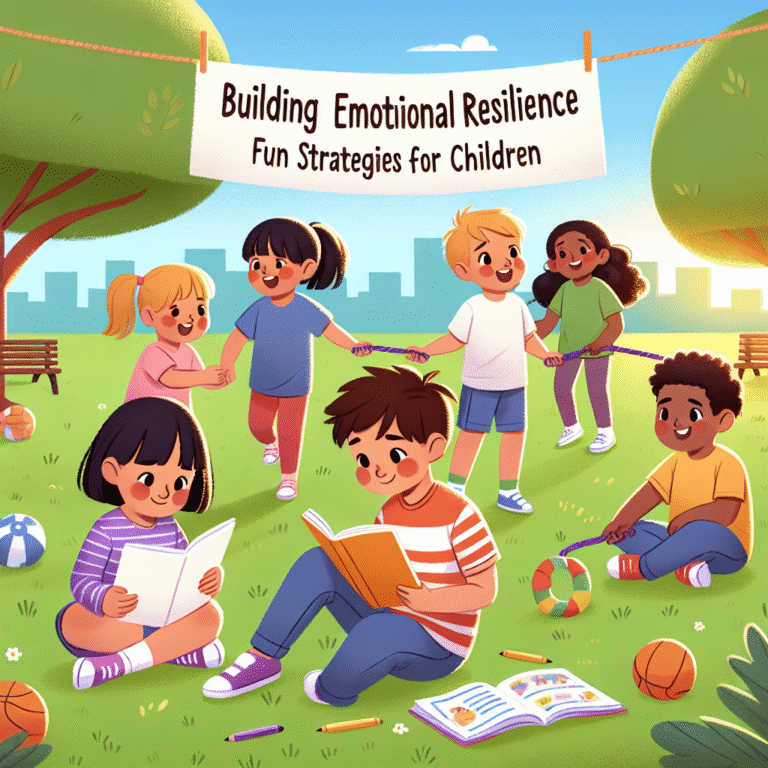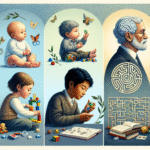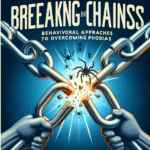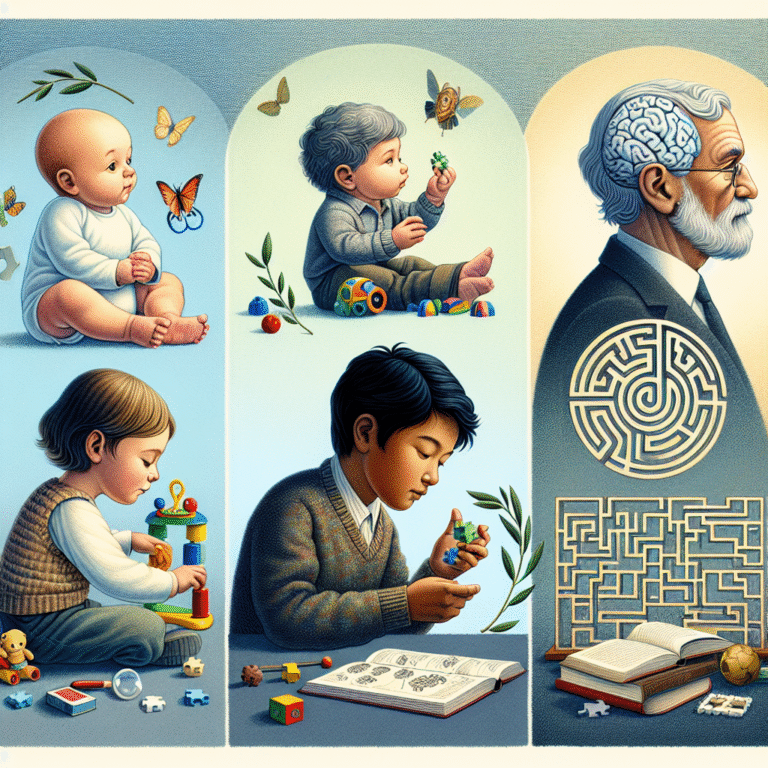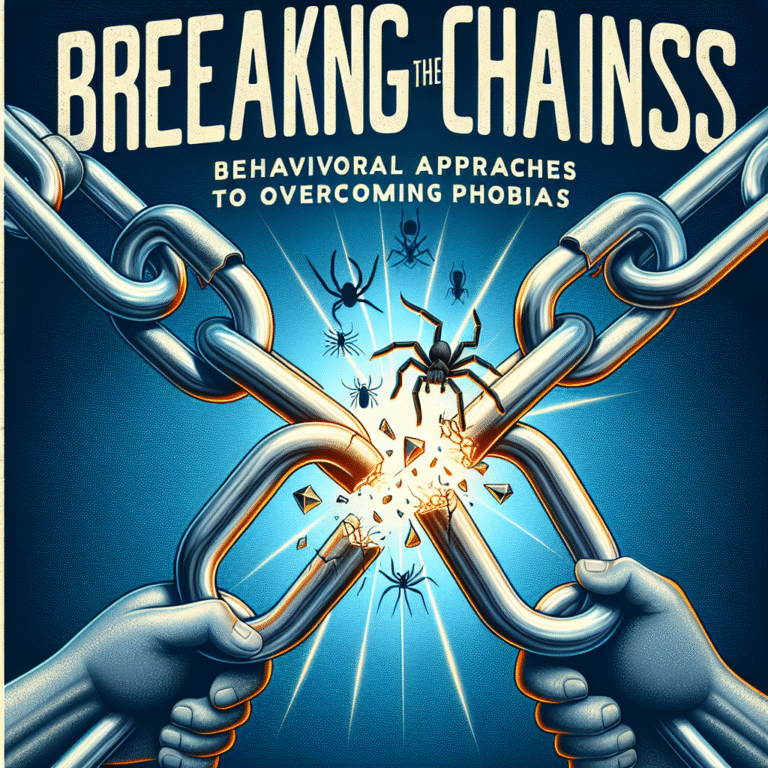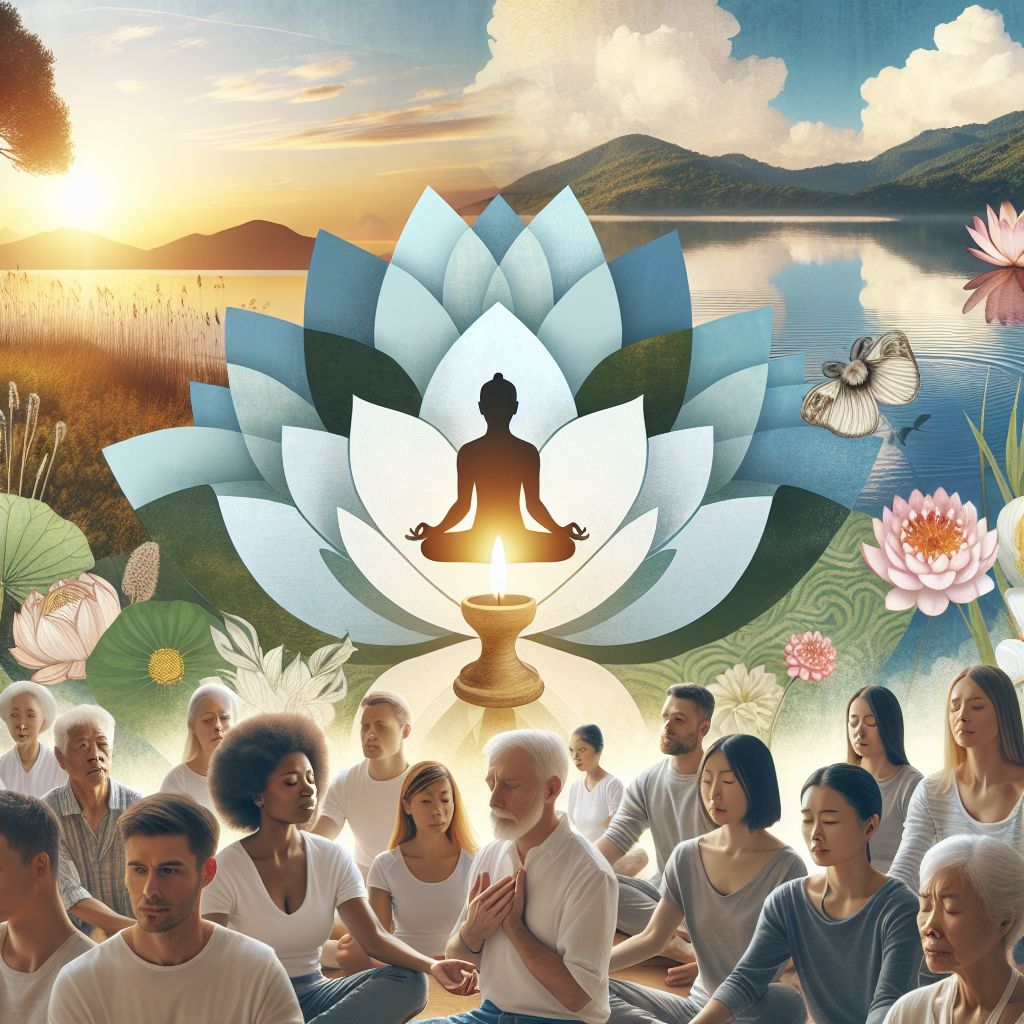
Meditation Made Easy: Essential Techniques for New Practitioners
Introduction
In a world that’s constantly buzzing with distractions, the art of meditation offers a sanctuary for the mind—a way to reclaim inner peace and foster personal growth. Yet, for new practitioners, the journey may seem daunting. The misconception that meditation requires extensive training or a certain mindset often deters individuals from embracing these transformative practices. Fear not! "Meditation Made Easy: Simple Techniques for New Practitioners" is here to demystify the process through straightforward methods that anyone can practice. Let’s dive into this enriching endeavor and explore how you can incorporate meditation into your daily life with ease and zest.
The Importance of Meditation
The benefits of meditation are well-acknowledged across cultures and age groups. From reducing stress and anxiety to improving focus and enhancing emotional well-being, meditation serves as a powerful tool for holistic health. Recent studies even suggest that regular meditation can lead to physical changes in the brain, fostering resilience and emotional regulation.
Table 1: Benefits of Meditation
| Benefit | Description |
|---|---|
| Stress Reduction | Lowers cortisol levels and promotes relaxation. |
| Emotional Health | Enhances self-awareness, empathy, and emotional resilience. |
| Improved Focus | Strengthens attention span and cognitive abilities. |
| Enhanced Creativity | Encourages divergent thinking and problem-solving skills. |
| Better Physical Health | Boosts the immune system and lowers blood pressure. |
With so much to gain, it’s time to explore "Meditation Made Easy: Simple Techniques for New Practitioners" that can seamlessly integrate into your lifestyle.
Getting Started: Your Meditation Space
Creating a conducive environment is critical for successful meditation. Here’s how to set up your meditation space:
- Choose a Quiet Space: Find a corner in your home where interruptions are minimal.
- Add Comfort: Use cushions, mats, or blankets to make the space cozy.
- Limit Disturbances: Turn off electronic devices or use apps that block notifications during your practice.
- Incorporate Soothing Elements: Consider adding incense, candles, or soft music as desired.
Case Study: Sarah’s Transformation
Sarah, a busy office worker, struggled with stress until she decided to give meditation a chance. By dedicating a small corner of her living room for meditation, she found a peaceful retreat. Utilizing deep breathing techniques inspired by our "Meditation Made Easy: Simple Techniques for New Practitioners," she reported feeling calmer and more focused, even during hectic workdays.
Simple Techniques for Meditation
1. Breath Awareness
One of the simplest yet most profound techniques for new practitioners is breath awareness. Here’s how to incorporate this method:
- Find Your Position: Sit comfortably in your chosen space.
- Close Your Eyes: Gently close your eyes and take a deep breath.
- Focus on Your Breath: Inhale deeply through your nose, hold for a moment, and then exhale slowly through your mouth.
- Observe: Notice how your body feels with each breath. If your mind wanders, gently bring it back to your breath.
2. Guided Meditation
For those who benefit from direction, guided meditation can offer support and structure:
- Use Apps or Videos: Platforms like Headspace or YouTube offer free guided sessions for beginners.
- Follow the Instructions: Let the guide take you through the meditation process, often incorporating visualization techniques.
Case Study: Tom’s Journey
Tom was hesitant to meditate, believing he couldn’t quiet his busy mind. However, he started using a guided meditation app, implementing "Meditation Made Easy: Simple Techniques for New Practitioners" into his routine. Within weeks, he noticed significant changes in his stress levels and overall mental health.
3. Body Scan
The body scan technique helps cultivate mindfulness and encourages relaxation across the entire body:
- Lay Down Comfortably: Lie flat on your back, arms resting parallel to your body.
- Focus on Each Body Part: Start from your toes and gradually move to your head, bringing awareness to each part and consciously relaxing them.
- Continue Breathing: Maintain your breath awareness during the scan.
Key Takeaway: The Power of Consistency
Incorporating meditation techniques into your routine will yield the best results when practiced consistently. Aim for even short, daily sessions, gradually increasing the length as you become more comfortable.
Overcoming Common Challenges
Difficulty Concentrating
It’s common for new practitioners to feel restless or distracted during meditation:
- Tip: Don’t fight the thoughts; acknowledge them and gently return your focus. It’s part of the process.
Time Constraints
Struggling to find time to meditate? Here are quick fixes:
- Short Sessions: Even five minutes of focused breath can be beneficial.
- Integrate Into Daily Activities: Practice mindfulness during mundane tasks, such as washing dishes or walking.
Fear of “Not Doing It Right”
Many newcomers worry about the “correct” way to meditate. Remember, meditation is personal and unique to everyone:
- Tip: Explore different styles until you find one that resonates. This exploration is part of the journey.
Creating a Routine
Consistency can be challenging, but forming a routine makes it easier to stick with meditation. Here’s how to develop your habit:
- Choose a Time: Identify a time that works best for you, whether it’s morning or before bed.
- Set Reminders: Use your phone or calendar to create reminders.
Case Study: Emily’s Daily Ritual
Emily decided to implement a morning meditation routine. By setting an alarm 10 minutes earlier, she committed to starting her day with mindfulness. This investment in time led her to feel more grounded throughout the day, showcasing the effect of "Meditation Made Easy: Simple Techniques for New Practitioners."
Wrapping Up: Inspiring Your Journey
As you embark on your meditation journey, remember that the key is simplicity and consistency. By integrating "Meditation Made Easy: Simple Techniques for New Practitioners" into your daily life, you open the door to a world of tranquility and self-discovery. Your path might have ups and downs, but with persistence, you’ll find your rhythm.
FAQs About Meditation
1. How long should I meditate each day as a beginner?
Start with 5-10 minutes and gradually increase your session length as you become more comfortable.
2. Can I meditate lying down?
Yes, but it’s easier to fall asleep. If you’re worried about dozing off, sit comfortably instead.
3. What if I have a busy mind?
It’s normal! Acknowledge the thoughts and return to your breath or focus point.
4. Do I need to sit cross-legged to meditate?
No! You can sit on a chair, cushion, or even lie down. Find what is comfortable for you.
5. Can meditation help with anxiety?
Absolutely! Many practitioners find significant relief from anxiety through regular meditation.
Conclusion
Meditation is not a one-size-fits-all approach but rather a personal journey marked by discovery and growth. By adopting "Meditation Made Easy: Simple Techniques for New Practitioners," you can cultivate peace, reduce stress, and improve your overall quality of life. Embrace the journey ahead, take a breath, and remember: every moment spent in mindfulness brings you closer to inner tranquility.





